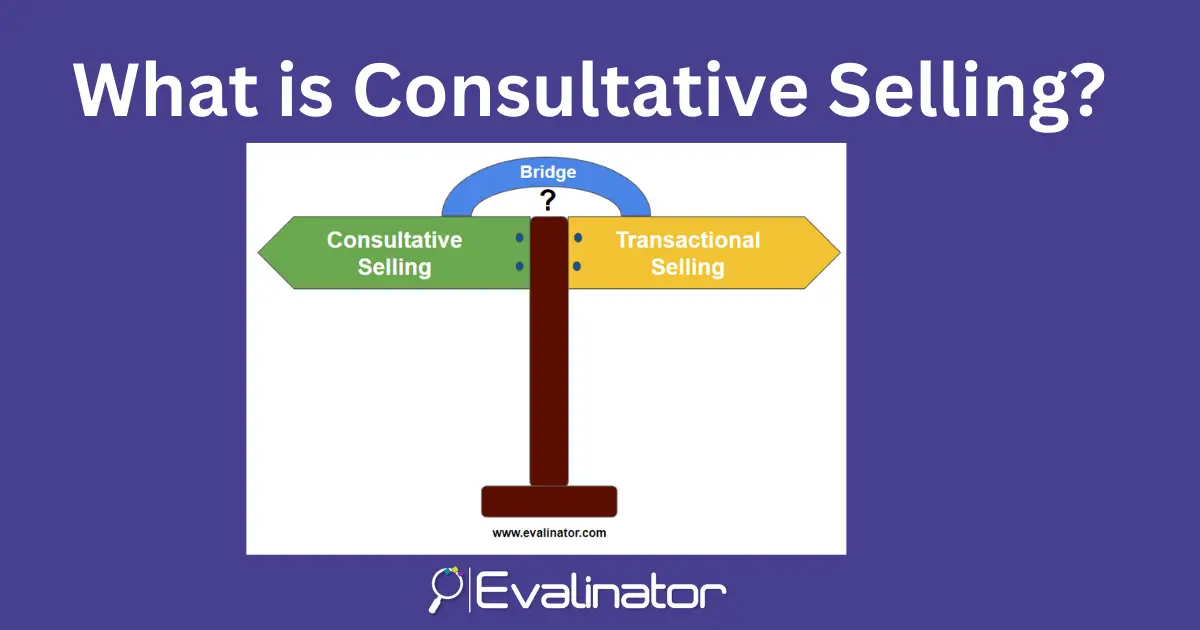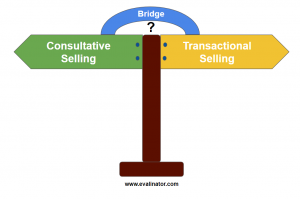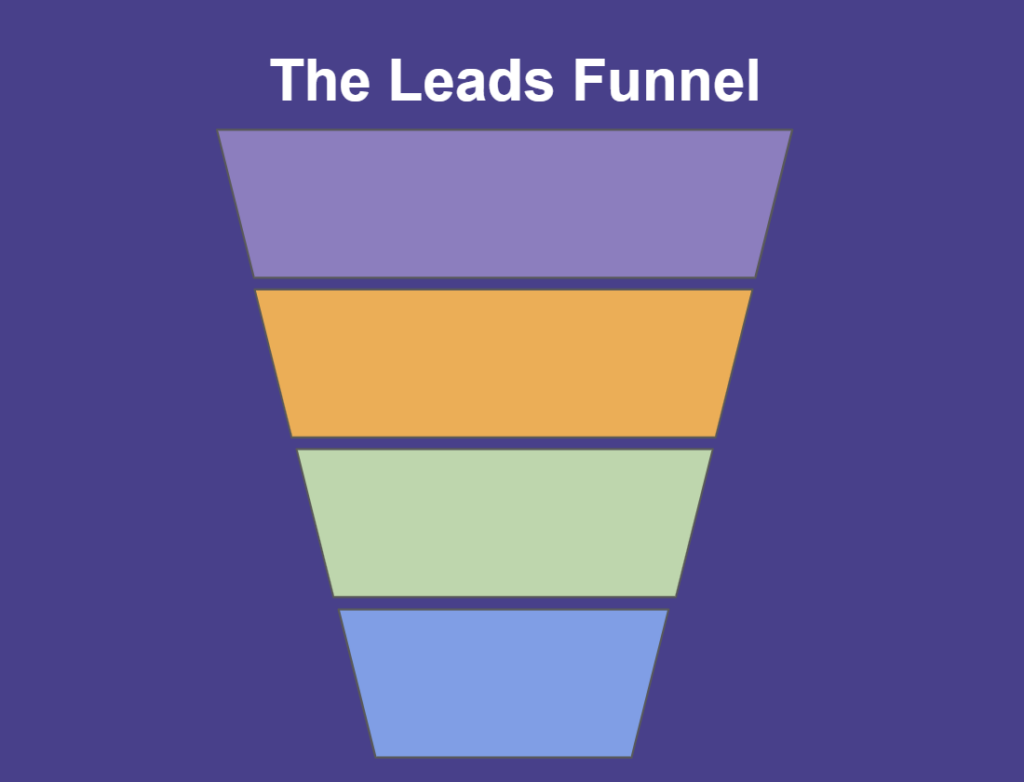



Consultative selling has often been associated with building trust and being customer-centric by putting customer value first. It is often contrasted with transactional selling where we pitch and position our products and services, and focus on closing the transaction with only an indirect understanding of the customer value generated.
The latest State of Sales report by Salesforce shows that 87% of buyers expect sellers to act as trusted advisors.
In this post, we will discuss what is consultative selling, how it come naturally if you have the right tools, and how you can use it to engage better with clients and sell more.
Simply stated, consultative selling is about being customer centric by:
As is evident, a consultative selling approach is about a value generation roadmap and requires starting from a place that is more than about pitching product capabilities and services.
Especially in today’s digital age customers have a lot of access to product and competitive information. So companies have already been moving to this model.
For example consider these examples:
So, sales enablement becomes more than creating an offer book, product collateral, pitch decks, and battle cards.
Instead it requires enabling sales with the tools that allow them to collaborate with clients on this value generation roadmap that is needed to close more sales, faster.
Also, see our blog post on Consultative Selling vs Transactional Selling – Not Mutually Exclusive
At its core, consultative selling is big picture based collaborative selling process that empowers sales professionals to become trusted advisors.
Whether you call it solution selling, challenger sales, value selling, and so on, you need to take on the role of an empathetic listener and problem-solver. By tailoring offerings to understand the broader context around the client’s specific requirements, sellers position themselves as partners in their clients’ growth journey. So, consultative selling is largely similar although each methodology brings its own unique mindset angle to it.
Here are the 3 steps in a consultative selling process.
Just like we train on the products we sell, we need to train ourselves on the broader business landscape.
Before you roll your eyes and imagine boring presentations and training sessions, consider that this is often a fun process.
All we have to do is build a simple picture of the journey clients can take. As these questions:
You’ll find that every subject area can be envisioned as a given set of capabilities in varying levels of maturity at the same time.
Equipped with this information, it becomes much easier to engage clients. As a service or solutions provider, you are in the best position to help because you have seen this story play out at many other clients before. So, you can help them with the game plan they need to successfully realize their vision.
For example, consider the following:
Evalinator’s maturity model assessments or needs assessments are a perfect way to align with the clients on that big picture.
This is the first phase of consultative selling where we create a model of what good capabilities in this area look like.
With the blueprint in hand, we now engage with the client with open-ended questions to delve into their specific pain points, current status, and their desired status.
For instance:
Each of these agencies may only be able to implement one of the many solutions, but they leave the client with a better understanding of the overall problem.
Based on the identified gaps, you can help the clients address specific challenges that surface by suggesting actions to meet the identified gaps.
The exact nature of the solutions and roadmap depends on your own capabilities.
Since you are likely in the sales pursuit stage, Evalinator’s goal setting and benchmarking features help you create actionable next steps from your interactions. By keeping the sales process active in this manner, you build trust and create a preferential mindshare.
The final stage involves tailoring the solutions we can implement to fit the client’s unique needs and preferences. We can customize the offerings and showcase how our products or services directly address the client’s pain points and deliver tangible benefits.
For example, an IT solutions provider might customize a software package to integrate seamlessly with a client’s existing systems to maximize their efficiency.
So, as is evident, while our services and products provide a useful and consistent backdrop to this consultative sales process, we act in a customer centric manner to better recommend a solution that would work best for the client.
Through the Envision, Strategize, and Personalize steps of the consultative selling process, sales is better equipped to establish trust, deliver exceptional value, and build enduring partnerships with their clients.
The consultative selling methodology and the 3 step approach has the unique benefit that you can operate with context. And doing that helps you pull away from the commoditized offers and solicitations your customers may be getting.
The first step of sales enablement is to create a simple interactive maturity model or a needs assessment.
Then we need to take charge of the conversation about the “how” by naturally assume the role of a coach or consultant. Evalinator’s goal setting and benchmarking tools help with that. See this post on how to build trust during the sales cycle.
Your assessments perform as interactive content and provide value (aka clarity). As a result, your engagement efforts deliver tangible benefits.
Or something like that. Your assessment on Evalinator will help frame this pitch.
If this approach sounds reasonable to you, then there is nothing better than testing it out! Get started for with free 2 weeks trial and craft your first big picture model.
We are here to help you be successful. Good luck and hope to see you on Evalinator!
Capture More Leads With Consultative Selling >>

Feeling frustrated with lead generation?
Take this free, 5-minute quiz and get more prospects into your leads funnel.
Instant Results. Actionable recommendations. Email required.
Find Your Score >>